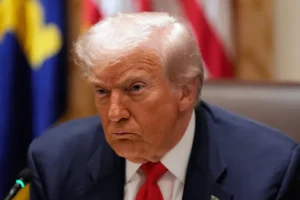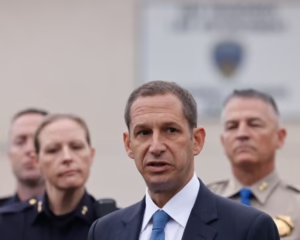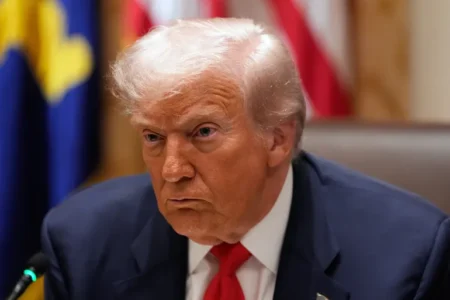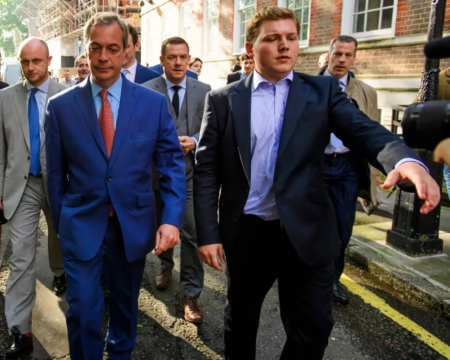President Donald Trump has announced a new 50% tariff on all copper imports into the United States. The exact date for this policy to begin has not yet been confirmed, but Trump made the announcement during a Cabinet meeting on Tuesday.
Trump said, “Today we’re doing copper,” and added that the new tariff rate would be 50%. This will be the fourth major import tax introduced in his second term. Currently, the U.S. has 25% tariffs on imported cars and car parts, while imported steel and aluminum are taxed at 50%.
The tariff on copper follows a Section 232 investigation Trump ordered in February. This section of U.S. law allows the president to raise import taxes for reasons related to national security.
Copper is an important raw material used in many products like electronics, vehicles, and machinery. The U.S. imported $17 billion worth of copper in the past year, with Chile supplying $6 billion of that total. Adding a large tariff could make many consumer goods more costly for Americans.
Following Trump’s remarks, copper prices rose sharply. In New York, copper futures jumped 15% and reached a record high of $5.68 per pound. This increase is linked to fears of supply shortages and higher costs due to the planned tariff.
Experts warn that the new tariff may hit American consumers and manufacturers hard. “A 50% increase will be a massive tax on consumers of copper,” said Ole Hansen, head of commodity strategy at Saxo Bank. He also suggested the administration may later adjust the rollout to reduce the shock.
Washington policy expert Ed Mills from Raymond James said he was surprised it took this long for the copper tariff to happen, considering Trump’s trade stance.
Copper prices have already climbed 38% this year, partly due to stockpiling ahead of the expected tariff hike. Analysts say companies may be rushing to secure materials before the new cost kicks in.
In addition to copper, Trump said he plans to set a 200% tariff on imported pharmaceutical products “very soon.” He added that the timing could be adjusted to encourage more drug companies to shift production back to the U.S.
While Trump had previously excluded pharmaceutical imports from tariffs during his first term, he has been talking about this change for months. The administration started an investigation in April to prepare the ground for the move, again citing national security concerns.
The president emphasized the need for America to make its own medicines. He said relying on foreign countries for essential drugs puts national health at risk. Some pharmaceutical companies have already announced plans to expand U.S.-based production. However, several of these projects were launched before Trump returned to office in January.
The potential pharmaceutical tariff has sparked concern from global partners. On Wednesday, Australia’s Treasurer Jim Chalmers called the development “very concerning.” He said the Australian government is trying to get more information about how the new tariff could affect billions in drug exports to the U.S.
Meanwhile, Trump extended a pause on “reciprocal” tariffs until August 1. These tariffs were briefly enforced in April and were set to resume this week. He has also been sending notices to other countries, warning them of possible new tariff rates unless new deals are made before the deadline.
Trump’s latest trade actions show he is focused on reducing foreign dependence and boosting U.S. manufacturing. While they may help some American industries, critics warn that consumers and trade partners could face higher prices and strained relations.







